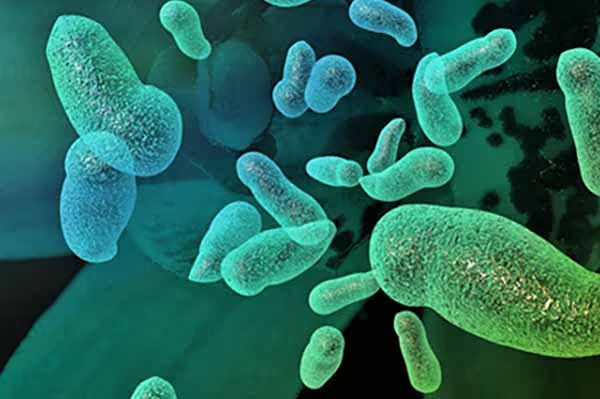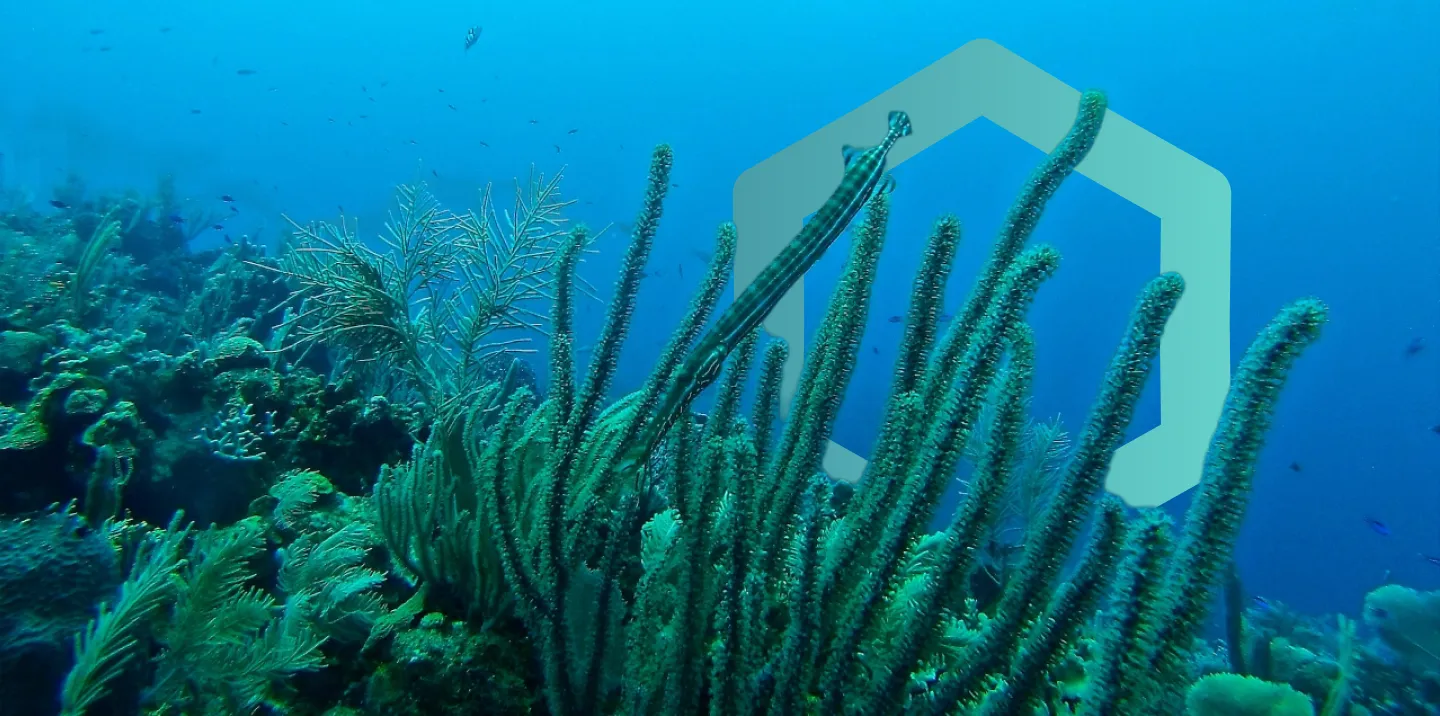Beyond data: gain deep insights into biodiversity health
Access an automated pipeline of science-based insights to inform decision making and improve communications.

Why Nature Insights
Automate data analysis
Save time and budget on manual data analysis with an automated pipeline of insights.
Inform decision making
Support decision making with repeatable, easy-to-understand metrics and indicators.
Prepare for TNFD et al
Our indicators were designed to support quantitative target development.
Improve comms
High impact visuals and indicators make effectively evidencing your progress simpler.
Compare sites & progress
Visually compare multiple sites and track progress over time with repeatable insights.
Get buy-in
Repeatable, science-based visual insights make securing board and stakeholder buy-in easier.
Insights

Evolutionary Diversity
The variety of species types that occur in a community.
- Track whether your nature positive actions are supporting a greater variety of species
- Track broad pressures; reducing impacts could encourage a greater variety of species to return
- Track resilience; ecosystems with a greater variety of species are more likely to be resilient to change
Why is this metric valuable?
Increasing Evolutionary Diversity can indicate a reduction in pressures at your site and increasing resilience of the community.

Invasive Species
The total number of species detected.
- Understand whether species considered to be invasive are present at your site
- Track and report on the success of management interventions and targets
Why is this metric valuable?
An increase in the number of invasive species is generally associated with a negative trend in biodiversity

Species Richness
The total number of species detected.
- Track whether your nature positive actions are supporting more species
- Understand whether you are increasing habitats or resources to support more species
- Track whether your site is becoming better connected with other sites
Why is this metric valuable?
Increasing Species Richness can indicate more resources & habitats are available at your site, or your site has become better connected.

IUCN Threatened Species
The number of species on the IUCN Red List classified as Vulnerable, Endangered or Critically Endangered.
- Track whether nature positive actions are supporting a higher number of threatened species
- Identify species in need of targeted recovery efforts
- Focus efforts on key habitats that need to be protected
Why is this metric valuable?
An increase in the number of threatened species is generally associated with a positive trend in biodiversity or habitat condition
Marine fish community health package

Food chain integrity
*part of Marine Fish Community Health
How intact the food-chain is.
- Reveal whether protected areas are providing a safe space for complete food-chains to thrive
- Track the return of predators following the reduction of pressures and impacts
- Combine with all fish indices for full assessments
Why is this metric valuable?
Increasing Fish Food-Chain Integrity indicates the return of large predators and an improving ecosystem.

Commercial value
*part of Marine Fish Community Health
How economically valuable your fish community is.
- Reveal high priority areas for conservation efforts to protect species of high commercial value
- Encourage growth of green economies by focussing monitoring on commercially valuable species
- Combine with all fish indices for full assessments
Why is this metric valuable?
An increase in the commercial value indicates your fish community consists of more commercially important species.

Prevalence of sensitive species
*part of Marine Fish Community Health
The proportion of fish species considered vulnerable to human disturbance.
- Track the return of vulnerable species after pressures have been reduced
- Reveal high priority areas for conservation efforts to protect species that are highly vulnerable
- Combine with all fish indices for full assessments
Why is this metric valuable?
An increase in the Prevalence of Sensitive Species implies that a fish community has more vulnerable species & suggests human pressures have been reduced.

Indicators

Marine sediment pollution index
The pollution level in marine ecosystems using invertebrate indicators.
- Use invertebrate communities to monitor water pollution levels
- Track the recovery of invertebrate communities following a large disturbance event
Why is this metric valuable?
A decrease in the Marine Sediment Pollution Index suggests there is less pollution as pollution-sensitive species are present.

Soil Fungal: Bacterial ratio
The ratio of fungi to bacteria DNA in soil, providing an indication of soil health.
- Demonstrate reductions in intensive human impacts
- Track progress to more mature vegetation states away from degraded landscapes
- Understand if the levels of stable carbon in the soil are improving
Why is this metric valuable?
An increase in Soil Fungal:Bacterial Ratio indicates progress towards healthier soils & good-quality stored carbon.

Bacterial Functional Diversity
The quantity of ecosystem functions bacteria communities can perform.
- Track how land-use changes are influencing the variety of ecosystem functions delivered by bacteria
- Monitor resilience. An ecosystem with a greater variety of ecosystem functions are more likely to be resilient to change
Why is this metric valuable?
Increasing Bacterial Functional Diversity implies the bacteria community can perform more ecological functions & respond to environmental changes.

Fungal Functional Diversity
- Track whether nature positive actions are supporting a wider variety of fungal groups
- Monitor resilience. A greater variety of ecosystem functions are more likely to be resilient to change
Why is this metric valuable?
An increase in Fungal Functional Diversity implies more pathways for nutrient cycling to occur which can increase soil fertility.
Join more than
600 companies
in 110 countries
Stay in the know with the latest nature-related news
Join 12,000+ subscribers for monthly round-ups and analysis of nature-related news and insights from NatureMetrics
Simplify your nature impact reporting







